If you love the idea of growing your own unique, flavorful berries and you live in a cooler region, lingonberries (Vaccinium vitis-idaea) might be the perfect plant to add to your garden. Native to the boreal forests of Scandinavia, Canada, and Northern Europe, these hardy, evergreen shrubs are prized for their bright red berries, which deliver a tart, slightly sweet flavor often enjoyed in jams, sauces, and baked goods.
Lingonberries thrive in cool climates and offer gardeners an attractive, low-growing plant that doubles as both a productive fruit crop and an ornamental ground cover. In this detailed guide, we’ll explore everything you need to know about growing lingonberries in cooler zones, from selecting the right varieties to planting, caring for, and harvesting your own luscious berries.
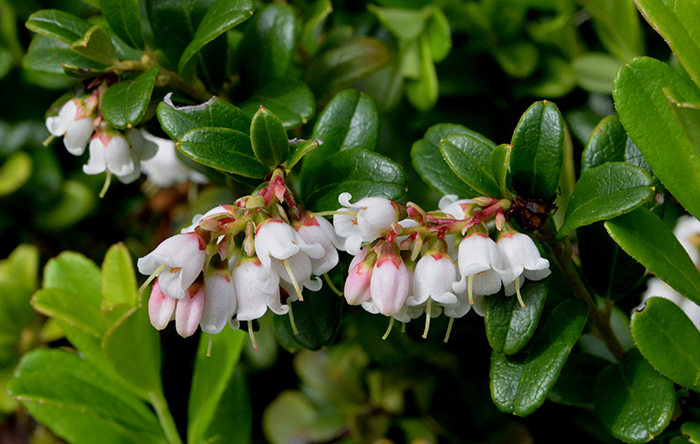
Why Grow Lingonberries?
Lingonberries are not just delicious — they’re also hardy, beautiful, and incredibly useful in the garden. Here’s why you should consider growing them:
- Cold-Hardy: Survive and thrive in zones 2-7, withstanding temperatures as low as -40°F (-40°C).
- Evergreen Foliage: Provide year-round garden interest, with glossy green leaves that stay vibrant through winter.
- Low Maintenance: Naturally resistant to many pests and diseases.
- Nutritious: High in vitamin C, antioxidants, and fiber.
- Attractive Edible Landscaping: Perfect for ground cover, borders, or edible hedges.
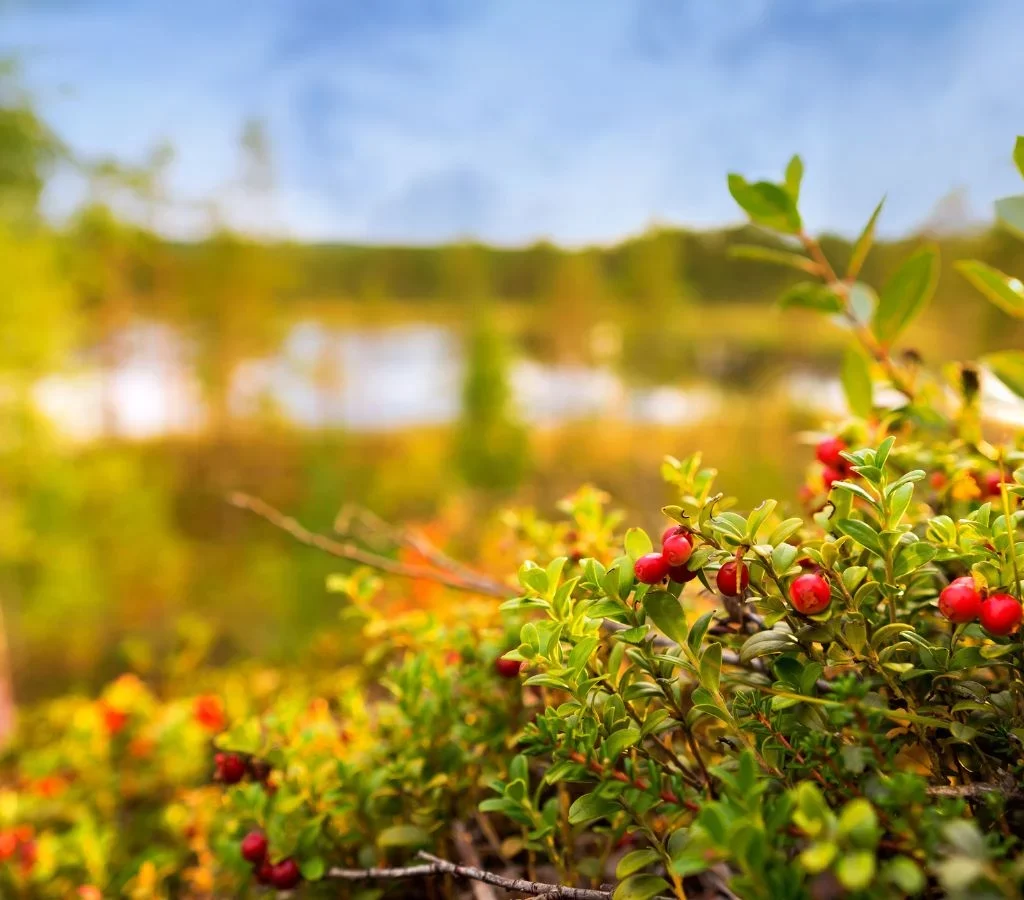
Best Lingonberry Varieties for Cooler Zones
While wild lingonberries grow naturally in cold climates, several cultivated varieties have been developed for home gardeners, offering improved fruit size, flavor, and yields.
Top Cultivars:
- ‘Koralle’: A reliable, productive European variety known for rich red berries and strong cold tolerance.
- ‘Ida’: Compact plants with heavy berry production; excellent for home gardens.
- ‘Red Pearl’: Produces firm, tart berries with good flavor.
- ‘Erntesegen’: Yields abundant, medium-sized berries and tolerates partial shade.
- ‘Ruby’: Known for vigorous growth and flavorful fruit.
For best results, plant at least two varieties for cross-pollination, which improves fruit set and yield.
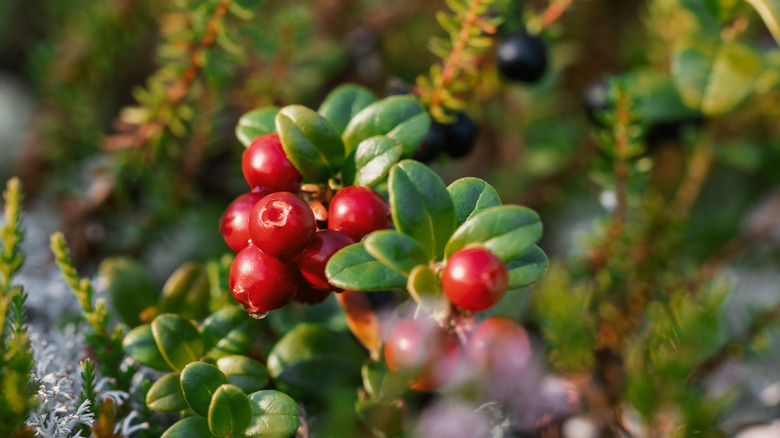
Choosing the Ideal Planting Site
Lingonberries are naturally adapted to the cool, acidic soils of boreal forests and prefer similar conditions in cultivation.
Site Requirements:
- Sunlight: Full sun to partial shade. Lingonberries appreciate morning sun and some afternoon shade in hot summers.
- Soil: Well-drained, acidic soil with a pH of 4.5-5.5.
- Drainage: Avoid waterlogged areas. Raised beds or mounded soil work well in poorly drained gardens.
- Soil Texture: Sandy loam or peaty soils enriched with organic matter.
Tip: Avoid planting in alkaline or clay-heavy soils without significant amendments, as these conditions can stunt growth.
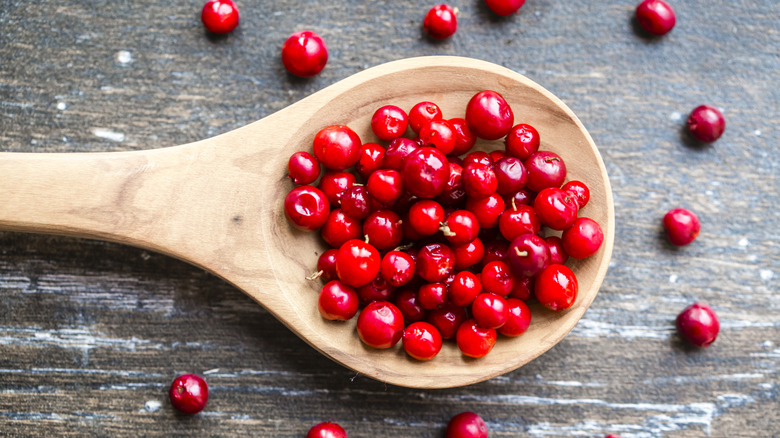
Preparing the Soil
Proper soil preparation is critical for growing lingonberries successfully.
Steps to Prepare:
- Test the soil pH and amend as needed using elemental sulfur or peat moss to lower pH.
- Incorporate organic matter like pine bark fines, composted sawdust, or leaf mold to improve soil texture and acidity.
- Create raised beds or mounds to enhance drainage if your soil retains too much water.
- Remove all perennial weeds and grasses, which can compete with shallow-rooted lingonberries.

Planting Lingonberries
When to Plant:
- Early spring after the danger of frost has passed is ideal.
- Fall planting is also suitable in milder regions, allowing plants to establish before winter.
Planting Steps:
- Space plants 12-18 inches apart in rows spaced 3-4 feet apart.
- Dig a hole twice the width of the plant’s root ball and deep enough so the top of the root ball sits level with the soil surface.
- Backfill with amended soil and press down gently.
- Water thoroughly after planting and apply a 2-3 inch mulch layer of pine needles or bark to conserve moisture and maintain acidity.
Caring for Lingonberries
Watering:
- Lingonberries have shallow roots and require consistent moisture, especially during flowering and fruiting.
- Provide about 1 inch of water per week, adjusting during dry spells.
- Avoid letting soil dry out completely or become soggy.
Mulching:
- Maintain a 2-3 inch mulch layer of pine bark, needles, or wood chips to retain moisture, suppress weeds, and maintain acidic soil.
Fertilizing:
- Lingonberries require minimal fertilization.
- Apply a light feeding of acidic, slow-release fertilizer (such as a rhododendron or blueberry formula) in early spring.
- Avoid high-nitrogen fertilizers, which promote excessive foliage at the expense of fruit.
Pruning:
- Minimal pruning is needed.
- Remove dead or damaged branches in late winter or early spring.
- Thin overcrowded areas to improve air circulation.
Pests and Diseases
Lingonberries are notably pest and disease resistant, making them a low-maintenance addition to your edible landscape.
Occasional Issues:
- Birds: May nibble ripening berries. Use netting or reflective scare tape if needed.
- Root Rot: Can occur in poorly drained soils. Ensure proper drainage and avoid overwatering.
- Aphids or Scale: Rare but treatable with insecticidal soap if infestations appear.
Proper site selection and good garden hygiene minimize problems.
Harvesting Lingonberries
When to Harvest:
- Berries typically ripen in mid to late summer depending on the variety and location.
- They turn bright red when ready and develop a tart, slightly sweet flavor.
How to Harvest:
- Pick by hand or gently rake clusters into a container.
- Wait until berries are fully colored and slightly soft for best flavor.
- Some varieties offer a second, smaller fall crop.
Storing and Using Lingonberries
Storage:
- Fresh lingonberries keep for up to 4 weeks in the refrigerator.
- Freeze berries for long-term storage by spreading them in a single layer on a baking sheet before transferring to freezer bags.
Culinary Uses:
Lingonberries are versatile and delicious in:
- Jams and preserves
- Sauces (especially with meats like pork and game)
- Baked goods
- Smoothies
- Fermented syrups or cordials
Their unique tart flavor balances rich, savory dishes and adds brightness to sweet recipes.
Propagating Lingonberries
Lingonberries can be propagated from:
- Softwood cuttings in early summer.
- Division of established plants in early spring or fall.
- Seeds, though germination is slow and variable.
Propagation through cuttings or division ensures genetic consistency and faster fruiting.
Final Thoughts
Lingonberries are a delightful and practical choice for gardeners in cooler zones, offering attractive evergreen foliage, nutrient-packed berries, and a hardy, low-maintenance plant for edible landscaping. With the right acidic, well-drained soil, and a little seasonal care, you can enjoy homegrown lingonberries for fresh eating, preserves, and culinary creations for years to come.
If you’re searching for a unique, hardy fruit that’s perfectly suited to cooler climates, lingonberries deserve a spot in your backyard berry patch!

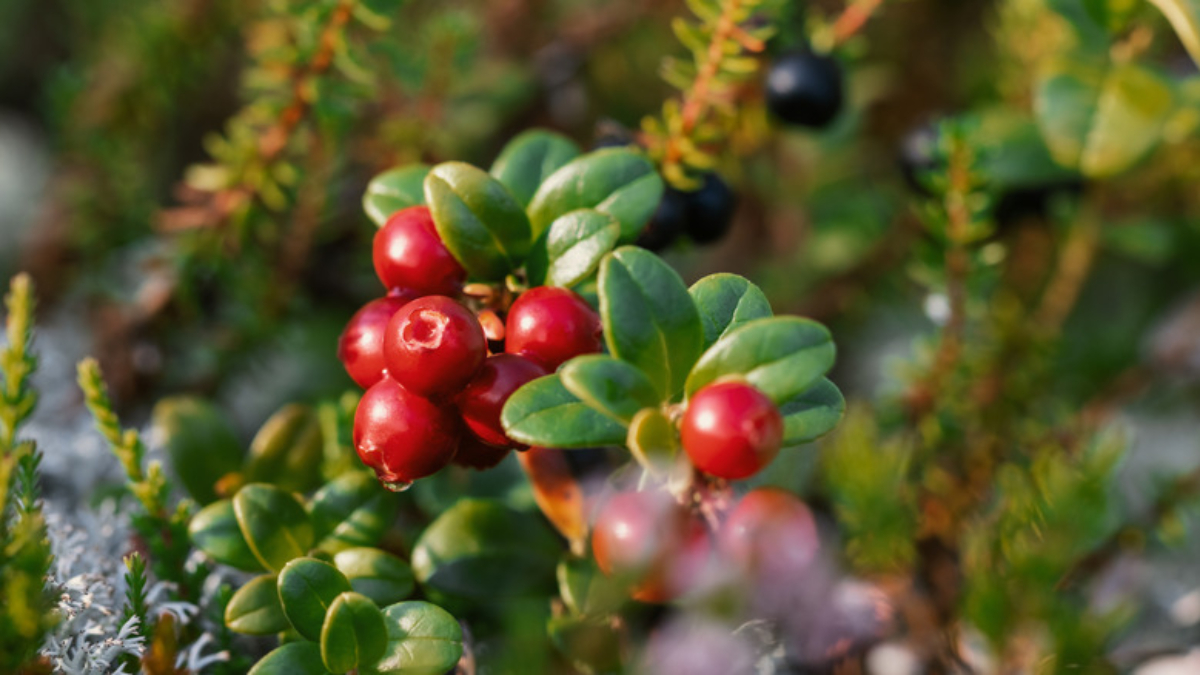




Leave A Comment